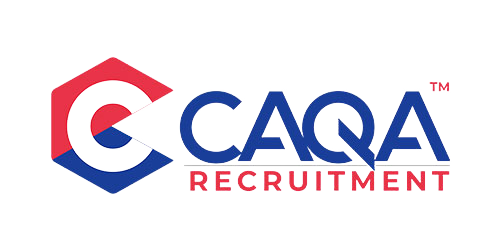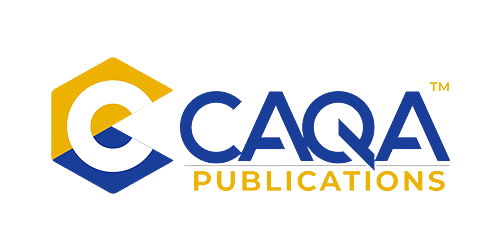The winds of change are sweeping through Australia's education landscape. With the Higher Education sector already grappling with the announcement of enrolment caps, the Vocational Education and Training (VET) sector, particularly private CRICOS providers, finds itself on the precipice of a potentially tumultuous period. Early indications suggest that these caps could drastically reduce enrolment numbers, potentially by as much as 40-50% of each provider's 2023 figures. This new "enrolment limit" would then be set on a yearly basis, leaving many providers scrambling to adapt to the new reality.
A Disproportionate Blow to Small and Medium Providers
The potential impact of these caps is particularly concerning for small to medium CRICOS providers who have experienced minimal or low enrolment numbers in recent years. Newly registered providers, those who have commenced operations within the last 1-2 years and have only seen single- or double-digit enrolments, are especially vulnerable. The prospect of a provider with 50-60 current students and 20 new enrolments in 2023 being restricted to a cap of only ten new enrolments is a stark illustration of the challenges ahead. With hefty leases and ongoing expenses, the survival of these businesses is in jeopardy.
Ripple Effects Across the Sector
If these early indications prove accurate, the ramifications will be felt across the entire private VET sector. Hundreds of CRICOS providers could be immediately impacted, potentially leading to closures and significant financial losses. While some may view this as a necessary correction given the negative publicity surrounding the sector, it is crucial to recognise that the majority of providers are hardworking and committed to delivering quality training. They have invested significant resources in their facilities and staff, and their contributions to the Australian education landscape should not be overlooked.
Questioning the Legality and Effectiveness
The proposed enrolment caps raise concerns about their legality and effectiveness. Can the government effectively target and force out select businesses through legislative change? Moreover, will these caps truly address the underlying issues plaguing the private VET sector? The challenges faced by providers are multifaceted, stemming from a combination of ineffective regulation, a lack of benchmarks, and ambiguous migration policies. Without a comprehensive approach that addresses these root causes, the enrolment caps may prove to be a blunt instrument that fails to achieve its intended goals.
1. Punishing Quality, Rewarding Quantity
The student cap is primarily based on 2023 or 2024 enrollment numbers, creating a perverse incentive structure. Colleges that heeded government advice to prioritise quality and carefully select genuine students are now being penalised with fewer slots for 2025. In contrast, providers that focused solely on maximising enrollments, often referred to as "dodgy" or "ghost" providers, are being rewarded with more slots for 2025. This policy undermines the government's stated goal of improving the quality of the VET sector.
2. Disincentivizing Domestic Student Recruitment
The government's emphasis on increasing domestic student recruitment has not translated into benefits for colleges that were already enrolling a high percentage of domestic students. These institutions have seen their quotas reduced, while those that focused more on international students have been given higher quotas. This policy offers no reward for those who were already doing the right thing and could discourage providers from prioritising domestic students in the future.
3. The Irrelevance of Provider Risk Ratings
The provider risk rating, once seen as a benchmark for quality, now appears irrelevant. Regardless of whether a provider is rated Level 1 or Level 3, the number of enrollments they achieved is the key factor in determining their future quotas. This policy penalises quality providers while rewarding those who prioritise quantity over quality, further eroding the overall quality of the VET sector.
Additional Concerns and Potential Impacts:
- The 80% allocation to international students, with a minimum of 20% for domestic students, translates to a cap of 54 new commencements for international students in 2023. This could severely limit the opportunities for international students to study in Australia and negatively impact the country's reputation as a global education destination.
- Reports of some providers being allocated less than 100 students for 2025 raise serious concerns about the viability of the sector. Such low caps could force many providers to close their doors, leading to job losses and disruptions for students.
- The potential destruction of the entire sector could have far-reaching consequences for the Australian economy, particularly in areas with skills shortages.
A Flawed Policy with Far-reaching consequences
The proposed enrolment caps appear to be a poorly formulated policy with the potential to cause significant harm to the private VET sector and its students. The repercussions could extend beyond the immediate impact on providers, affecting the quality of education, student outcomes, and the reputation of the Australian education system as a whole. It is crucial for the government to reconsider this approach and engage in meaningful consultation with industry stakeholders to develop a more nuanced and effective solution.


































